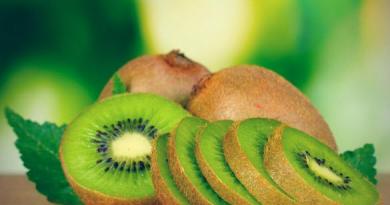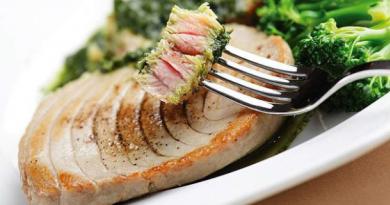Almost every boy starts his fishing journey by catching carp in the nearest pond. It seems that there is no more familiar and easy to catch fish. However, few fishermen can boast of a decent catch, in which there is a trophy golden, or common, or silver carp.
We will devote this review to a description of life, the nutrition of this fish, the habits of the seasons. Let's touch on the questions of how to catch crucian carp, talk about the methods of fishing.
Ichthyology
Let's immediately dot all the "Yo" in the crucian classification. There are only two types of "peasant carp" - golden, it is golden, it is round, it is ordinary, and silver carp.
Despite the outward similarity, representatives of these species are easy to distinguish not only by color: yellow and white, but also by the shape of the body - in an ordinary crucian carp, the body is taller and thicker, silverfish look more runaway.

From the golden appearance, the stubborn Chinese brought a goldfish. Silver carp received the following nicknames among the people:
- hybrid;
- buffalo;
- dushman;
- mestizo;
- Karabaz.
Most likely, this happened because the shape of the body of this species varies greatly in different reservoirs. This happens not due to its hybridization, but due to the presence or absence of a predator in the reservoir. Obeying the laws of natural selection, initially oblong crucian carp, in order to be less accessible to the predatory mouth, begin to grow more in height than in length.
It has been noticed that if you take oblong crucian carp in a pond where there is no pike and launch it into a pond with its presence, then literally a year later those that were not eaten immediately begin to grow a “hump”.
The largest crucian carp in the world, mentioned in various sources, naturally golden in appearance, had a weight of more than five kilograms. And the largest silver carp pulled two hundred grams by three kilograms.
Believe it or not, decide for yourself, reference books on ichthyology note that the maximum weight of a silver species is about two kilograms, and a golden one - up to three.
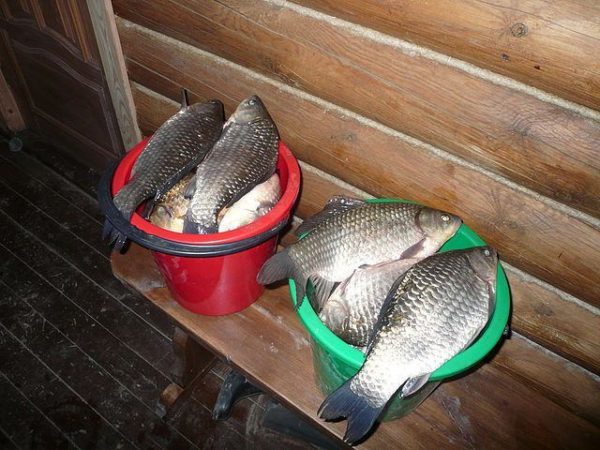
Growth rates depend on what the crucian feeds on in a particular reservoir. So in a poor pond, with a lack of food, silver carp at the age of three can weigh less than two hundred grams, but already be ready for reproduction. In large reservoirs, and even when fattening at the same age, each individual can reach four hundred grams of weight.
It was the large fattening carp in Germany that received the name "peasant carp". Such specimens are desirable in the catches of every fisherman.
Carp lives in almost every body of water: in a small village pond, in a reservoir, and in a lake. He also lives in rivers, but chooses calm places with a weak current, since his thick body does not resist the flow well. Peasant carp hibernates, gathering in flocks and occupying wintering pits.
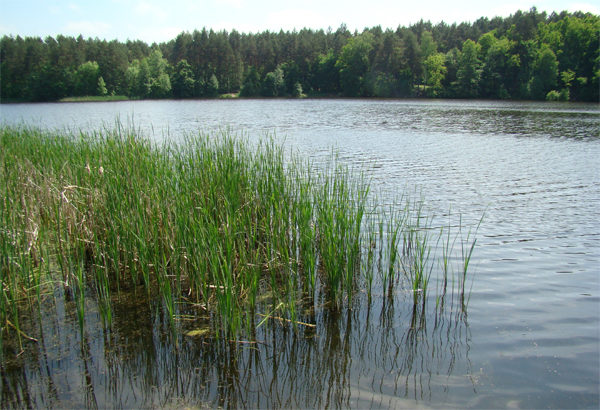
The highest survival rate of crucian carp in difficult conditions is noted. In shallow reservoirs freezing to the bottom in winter, and in summer, when the water dries up from the heat, it can be buried in silt up to seventy centimeters.
Artificially, crucian carp are rarely propagated, but in each new reservoir they appear literally in a couple of years, they contribute to such a resettlement of birds, to whose paws swept caviar sticks.
Crucian spawning is quite extended in time and depends on the characteristics of water heating in each particular reservoir. This usually happens when the water reaches a temperature of 18 degrees, but sometimes 15-16 is enough for spawning. Therefore, the spawning period in the same area can be stretched from early May to mid-June.
What do they eat
Peasant carps eat everything that gets into the water. In this respect, they resemble a real carp. Mollusks, insect larvae and insects themselves, worms, mud - everything is suitable for carp saturation. But the crucian's attitude to nutrition is very selective, which is also reflected in its biting.
The fastidious silver carp is called for a completely unpredictable preference for one type of bait at a particular time.
If yesterday he took it well for bread, this does not mean that today he needs to be offered a bakery crumb, on the contrary, give him maggot in the morning, and worm or corn for dinner.
Given the above, we state that fishing for crucian carp will be more successful if you take several types of nozzles and bait for it.
Features of biting by seasons
Winter
Contrary to the popular belief that crucian carp burrow into the silt for the winter and stop pecking, in some reservoirs this fish is also active under the ice. These are rivers and large ponds with a current and depths of over one and a half meters.
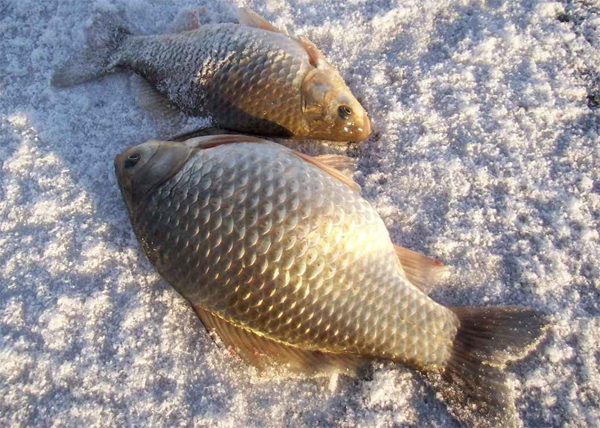
It is noted that in reservoirs where catching crucian carp in winter is not a novelty, predators are always present. Even rotan can work as such. Apparently, fearing predatory fish, peaceful crucian carp do not hibernate, but continue to move, burning energy. Therefore, in order to renew it, our hero pecks in such ponds even in winter.
Fishing for crucian carp in winter is carried out with two types of gear:
- float winter fishing rod;
- fishing rod with a nod.
In winter, mainly large crucian carp from two hundred grams and above peck, catching small fish is a rare phenomenon. The fish lives at this time near the edges and in the pits, near the snag. Moreover, picky is found not only in the deepest places, but also near the coast, the main thing is that there should be a pronounced difference in depths.
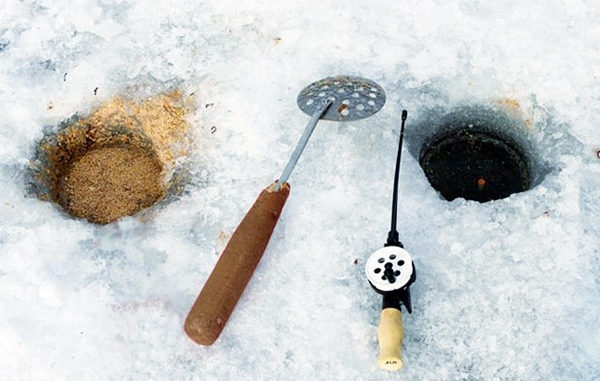
Bait in winter should only collect fish, but not saturate it, because activity is low and little energy is spent compared to summer. Therefore, carp fishing is carried out either without food at all, or with the use of fine-fraction dusty mixtures based on ground crackers.
The best baits this time of year are:
- bloodworm;
- maggot;
- dough;
- mango talker.
Spring
Fishing for crucian carp at the beginning of the open water season begins after the water clears up. At this time, he wakes up and pecks best on shallow waters warming up in the spring sun. All kinds of summer gear come into play.
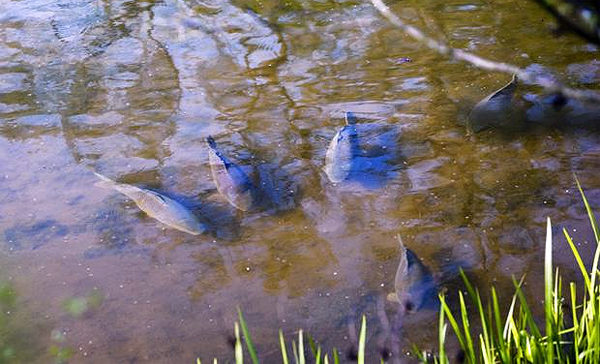
In the spring, when crucian begins to peck, it is caught with the following float rods:
- Makhovoy - near the shore and from the boat.
- Bologna - at some distance.
- Plug - for spot bait.
- Match, if it’s problematic to cast other float rods to an interesting small thing.
Bottom gear is also used:
- snack;
- elastic;
- simple "baton";
- feeder.
Fishing for crucian carp in the spring is carried out with bait, consisting of small fractions. This is done due to the fact that the caviar that begins to swell fills a lot of space in the fish's stomach and large food passes more heavily through its esophagus.
In the spring, large carp peck at the following baits:
- bloodworm;
- maggot;
- dough;
- semolina;
- worm.
Fishing for crucian worms is especially effective in spring on ponds located near livestock farms.
The worms washed off by spring waters are a well-known and desirable food that fish eat with pleasure.
Large carp prefers animal or spicy aromatics at this time, but it must be used with great care so as not to frighten off picky fish.
Summer
- a real pleasure for the angler. Morning, silence, birds sing over the pond. It is found picky in the summer almost throughout the reservoir, but tends to different zones that stand out from the general space of the reservoir.
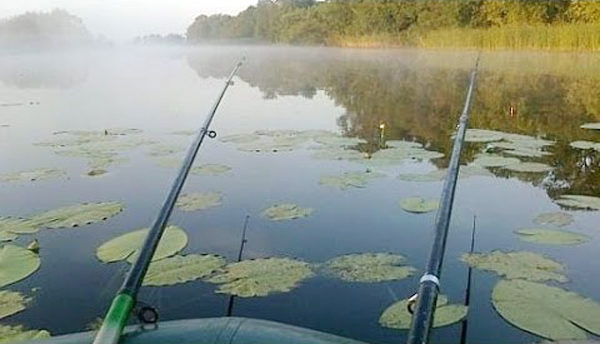
From June to September, crucian fishing is carried out in the reeds and under overhanging trees, on the edges, near snags and hydraulic structures.
Summer fishing for crucian carp at night is interesting; for this, signaling devices and floats are equipped with chemical fireflies. Night fishing is very catchy and is characterized by the fact that mainly large fish peck.
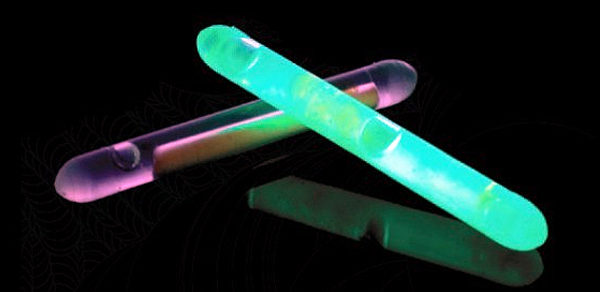
Tackles in the summer are used all kinds of from the float swing to the feeder.
The bait is flavored with fruit and sweet components, it includes large fractions. Justifying his nickname, picky pecks at all sorts of baits:
- worm;
- maggot;
- dough;
- bakery and pasta;
- dough, including mastyrka and hominy;
- corn and pea grains;
- semolina;
- pearl barley;
- wheat.
Autumn
The cooling of the water leads to the death of vegetation, and the crucian passes mainly to animal food. Gradually, it moves into the depths of the reservoir, reaching shallow waters only on especially sunny warm days.
In autumn, fishing can be done all daylight hours, crucian pecks from morning to evening, however, in September night fishing is still possible.
The gear is used all the same, but the bait is changing again. The best option is bait with simple soil with the addition of bait components: maggot, bloodworm or chopped worm.


